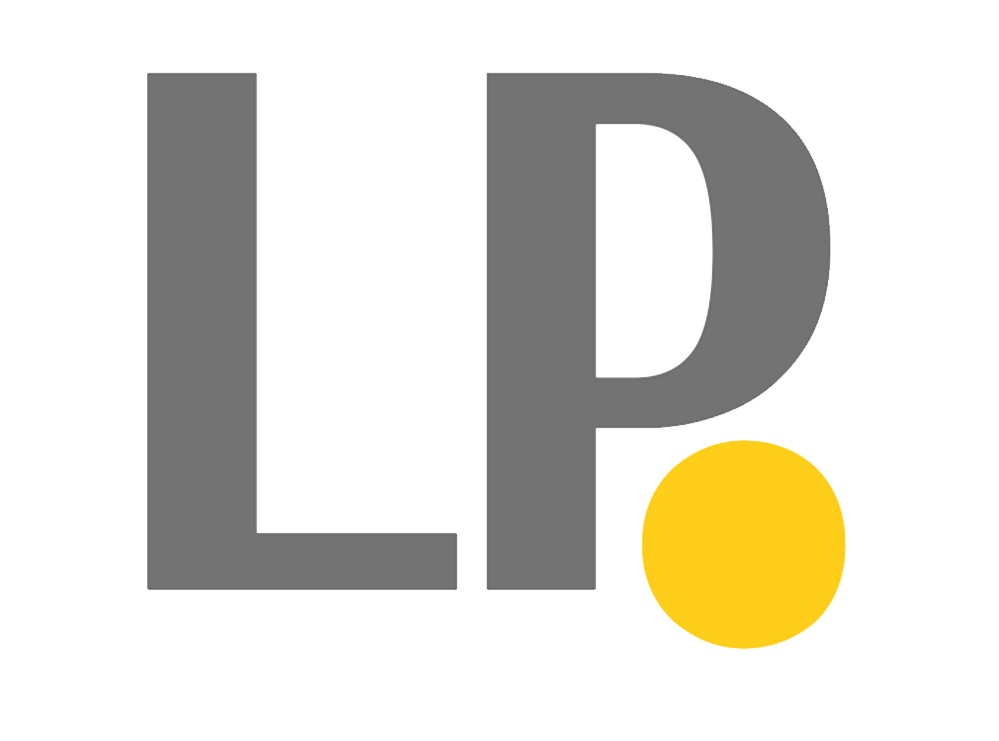
The rise of the internet offered a vast spectrum of advantages in every field, but it was never devoid of any repercussions. One such growing concern in the realm of trademark is Cybersquatting aka Cyber Piracy.
In simple terms, Cybersquatting is a cybercrime where someone (cybersquatter) deliberately registers or purchases a website name (called a “domain name”) that belongs to a well-known brand, individual, or even not so well-known now but with future potential-with the intention of making profit from it.
A Landmark Beginning in India
India’s first cybersquatting case was Yahoo! Inc. v. Akash Arora & Anor. (1998).
Yahoo, owner of the famous trademark “Yahoo!” and domain “yahoo.com,” sued Akash Arora for using “yahooindia.com” to provide similar services. The Delhi High Court ruled in favor of Yahoo, observing that when a business name closely resembles a well-established one, it risks misleading the public. The Court issued an injunction preventing the defendant from using deceptively similar domain names.
This case set the tone for how Indian courts would treat cybersquatting: as a form of passing off, where someone unfairly rides on another’s reputation.
Why do people engage in cybersqatting? Primarily it is done to exploit the established reputation and goodwill of a trademark or a brand name for reaping benefits from it, or to extort money from the trademark holder by demanding high price in exchange for the domain name, or to deceive and gather the information of the deceived customers.
Tricks of the Trade: How Cybersquatters Operate
1. Typosquatting- A common trick where domains are created by misspelling popular brands (e.g., “radiff.com” instead of “reddiff.com”). This was at the heart of Reddif Communication Ltd. v. Cyberbooth (2000), where the Bombay High Court ruled against such deceptive tactics.
2. Name Jacking- Registering a domain in the name of a public figure to mislead users. For example, in Arun Jaitley v. Network Solutions (2011), the Court held that rights over the name “Arun Jaitley” belonged to the individual, not opportunistic registrants.
3. Identity Theft via Expired Domains- Cybersquatters often wait for domain registrations to lapse and then grab them, hijacking the traffic and online identity of the original owner.
4. Reverse Cybersquatting- Sometimes the misuse works the other way around. A trademark owner may falsely accuse a legitimate domain holder of cybersquatting. In Religare Health Insurance v. Name Administration Inc. (2019), WIPO rejected the complainant’s claim, recognizing it as reverse domain name hijacking.
Does Indian law protect you from cybersquatting?
Currently, there is no specific law in force in India that address the issue of cybersquatting, unlike legislations such as “Anticybersquatting Consumer Protection Act (ACPA), 1999 and Laham Act, 1946” that exist in the US. The Hon’ble Supreme Court, in the case of Satyam Infowmay Ltd vs Sifynet Solutions Pvt. Ltd. (AIR 2004 SC 3540), that while the Trade Marks Act, 1999 doesn’t directly address domain disputes, domain names are still protectable under the principle of passing off.
In practice, cybersquatting cases in India are pursued under:
• Trade Marks Act, 1999
• Information Technology Act, 2000
• Relevant provisions of Bharatiya Nyaya Sanhita, 2023
To successfully file a suit against cybersquatting, the duty on the claimant is to provide evidence that would establish that:
• The name or trademark is well-known and the squatter’s use dilutes the domain name.
• The domain name was registered by the squatter to reap unfair benefits from someone else’s brand or reputation.
• The domain name is identical or deceptively similar to an existing brand or trademark.
Additionally, there are alternate dispute resolution policies available, such as the Uniform Domain Name Dispute Resolution Policy (UDRP, which deals with disputes involving bad faith registrations, and .IN Dispute Resolution Policy (INDRP), which is administered under the authority of National Internet Exchange of India.
Why should you – as a trademark owner or business owner– be worried about cybersquatting?
Cybersquatting can severely damage the goodwill associated with your brand name- whether or not it’s registered as a trademark or domain name.
Imagine a customer landing on a counterfeit website that uses your brand name — not only could they be tricked, but they might also lose confidence in your business altogether.
How can you stay one step ahead of cybersquatters as a trademark or Business Owner?
1. Register your domain as early as it is possible.
2. Register multiple variants of the domain name.
3. Use the privacy protection provided by WHOIS.
4. Monitor your domain regularly.
5. If necessary, take legal action
6. Consider UDRP and INDRP.
With India being ranked 11th globally in 2015 as the domain name complainant cases rose to nearly 60% and the Indian digital economy still growing, protecting one’s online identity is just as important as securing your physical assets. Cybersquatting poses a real threat to brands, big or small. Staying vigilant and taking proactive legal and technical steps can help safeguard your trademark in the virtual world.
© 2025 Business Consultant & Law Firm - Legacy Partners. All Rights Reserved.
Designed by Nuewelle Digital Solutions LLP

Legacy Partners
We typically reply in a few minutes